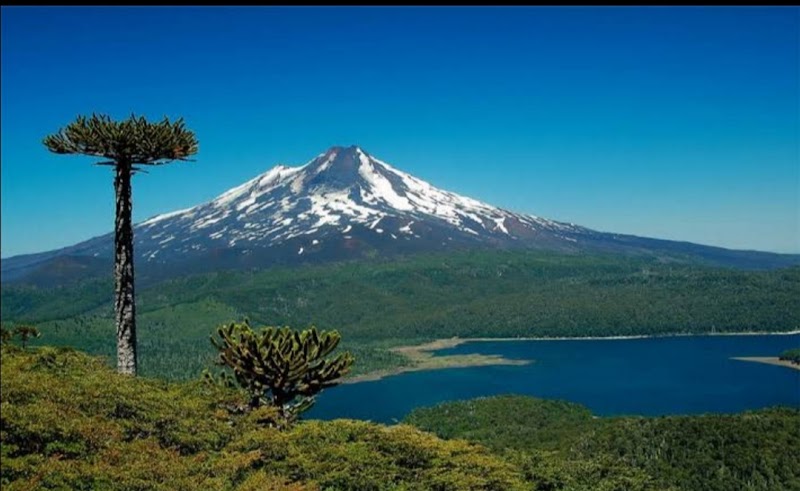
Nahuelbuta National Forest Adventures
Nahuelbuta National Forest, located in the Araucanía region of southern Chile, is a mountainous forest reserve known for its ancient Araucaria trees, diverse wildlife, and scenic hiking trails.
About Nahuelbuta National Forest

Nahuelbuta National Forest occupies part of the Nahuelbuta mountain range in southern Chile's Araucanía region. Characterized by its elevated terrain reaching up to approximately 1,500 meters, the forest is dominated by the iconic and ancient Araucaria araucana, or monkey puzzle tree, which can live over 1,000 years. This species and the broader temperate forest ecosystem provide habitat for a variety of native fauna, including the endangered pudú (the world's smallest deer), Chilean hawks, and various endemic bird species. Historically, the Nahuelbuta mountain range has been a refuge both ecologically and culturally for the Mapuche people, who consider the area sacred. Visitors to the forest enjoy hiking through dense woods, spotting native wildlife, and reaching viewpoints such as Cerro Piedra del Águila, which offer panoramic vistas of the Andes and surrounding valleys. The forest is also known for its cooler climate and frequent fog, adding to the tranquil and lush forest atmosphere. Recreational opportunities include trekking, birdwatching, mountain biking, and nature photography. The forest is accessed via several rural roads from nearby towns and features designated camping areas. Its rugged topography and remoteness attract outdoor enthusiasts looking for solitude away from bustling tourist spots. Conservation efforts focus on protecting the ancient Araucaria groves and maintaining the health of native forest ecosystems amid pressures from logging and land-use changes.
Highlights
Ancient groves of Araucaria araucana trees, some over 1,000 years old
Pudú wildlife viewing opportunities within dense forest habitat
Summiting Cerro Piedra del Águila for spectacular panoramic views
Quiet forest trails away from populated areas, offering solitude and nature immersion
Notable Natural Features
Araucaria Groves
Forest areas dominated by ancient monkey puzzle trees, some specimens estimated to be over 1,000 years old and vital for local biodiversity.
Cerro Piedra del Águila
A prominent summit offering sweeping views of the Nahuelbuta range and distant Andes mountains, accessible via well-marked hiking trails.
Pudú Habitat
Protected zones within Nahuelbuta where the rare pudú, the world's smallest deer species, can sometimes be observed in its natural forest environment.
